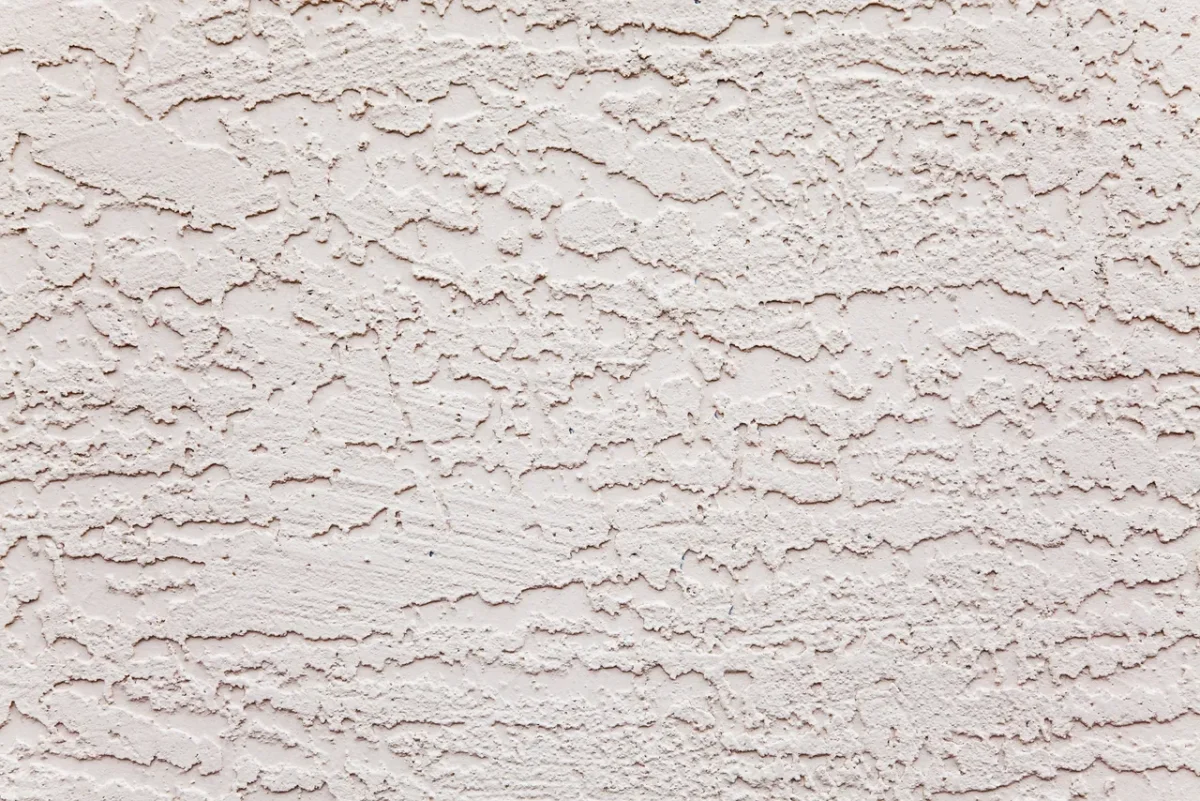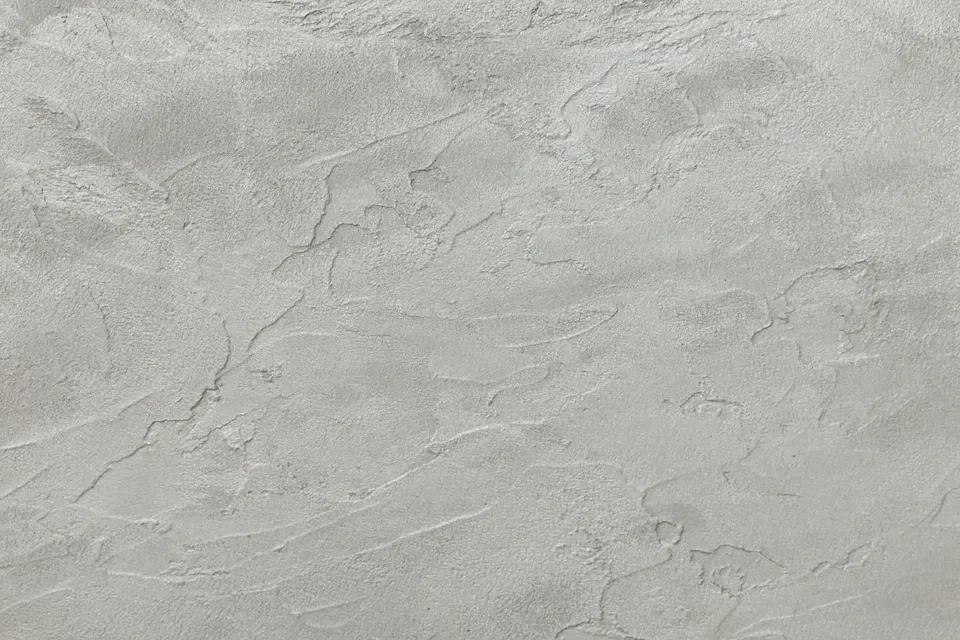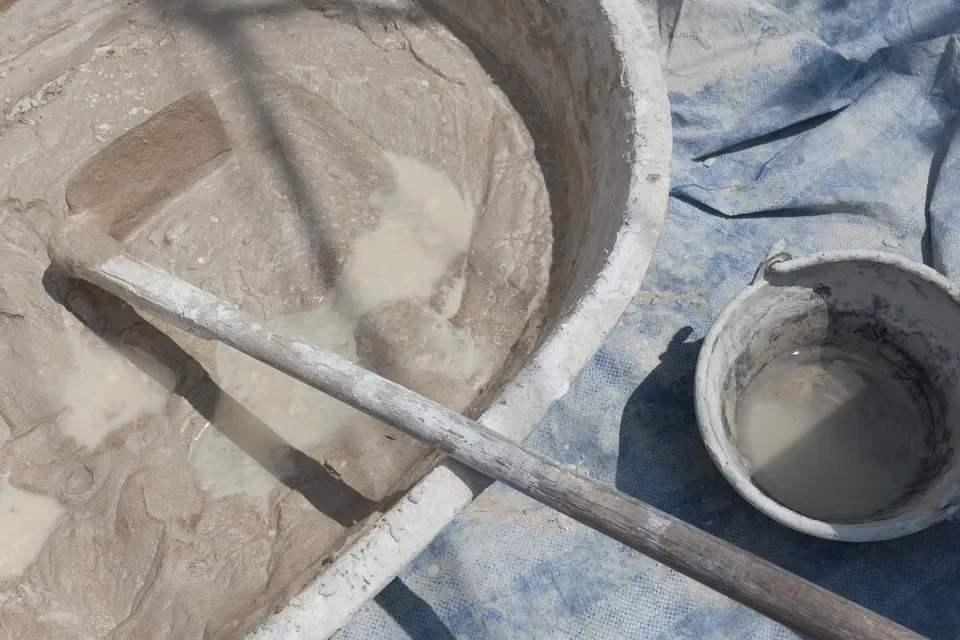
EIFS, External Insulation and Finishing Systems, Stucco is a type of stucco that looks very similar to traditional stucco on the outside, but incorporates synthetic materials into the layers of the stucco, and therefore has a different internal breakdown than traditional stucco. EIFS stucco is gaining popularity due to the increased insulation levels provided by the siding. Our team at Titan Stucco is breaking down EIFS Stucco: what it is, the advantages and disadvantages, and if EIFS is the right option for your home.
What Is EIFS?
EIFS is a layered stucco system that looks similar to traditional hard stucco on the outside, but it incorporates synthetic materials into the layer to provide increased insulation for the home, and it will typically have an acrylic type finishing on the exterior of the system. The layers of EIFS are comprised of polystyrene foam board, followed by layers of fiberglass mesh, and a finishing coat. The layers can also include water-resistant barriers and other layers. EIFS can provide more protection and insulation than traditional stucco, but it may also come with risks.What’s the Difference Between EIFS and Traditional Stucco?
Traditional hard stucco is made from Portland cement, lime, and sand and it is applied directly to concrete or masonry bases in a layered system of up to three coats. Traditional stucco dries to a rock-like finish and can provide an excellent barrier to moisture and the elements for your home. EIFS, or synthetic stucco, is an acrylic substance that is applied in a layered system over exterior sheathing such as plywood or polystyrene. Traditional stucco is easier to install, while EIFS can be a more complicated process. However, EIFS is also a much lighter material, while traditional stucco forms a heavy, cement-like exterior. While EIFS stucco is more difficult and sometimes more costly to install, due to the necessity of hiring an experienced Phoenix stucco contractor, traditional stucco can be more costly to repair should any damage or wear and tear occur. EIFS can be more difficult to customize aesthetically than traditional stucco, but over time it is typically a lower maintenance form of siding.The Six Layers of EIFS
While not every installation of synthetic stucco will include all layers, there are generally 6 layers that can be included in the installation of an EIFS stucco system.Water Resistive Barrier (WRB)
The first layer, a Water Resistive Barrier, is not always included because it is considered a more premium feature of an EIFS system. This WRB can be applied to the base of the home to provide an additional barrier to protect the home from any moisture leakage and provide extra water resistance. These can be a fluid applied product, similar to the application of paint, or applied using a paper application system similar to the paper system used when applying traditional stucco.Drainage Plane
A drainage plane will be installed in between the Water Resistant barrier and the Foam Insulation Board in order to let water drain out from behind the cladding.Foam Insulation Board
The foam insulation board is the main insulator of the home and is typically made of expanded polystyrene or EPS. It can come in varying thicknesses, ranging from one to six inches, depending on the climate where the stucco siding is being installed. The foam insulation board typically has grooves down the back of the board to allow water to drain if it ever is present in the system.Fiberglass Mesh
The fiberglass mesh is applied on top of the foam insulation board, and it also includes a base coat, which is embedded into the mesh. This mesh acts as a reinforcement and provides a base layer for the stucco.Primer Coat
The primer coat is a primer coat of paint that is applied atop the fiberglass mesh and will be applied before the finishing coat. While the primer coat is optional, it helps provide a sealant layer on top of the base, which helps prevent any flaking of the base coat in the future. It also provides an even suction on the wall, which makes for a more consistent final finish.Finish Coat
The finish coat is the final layer on the outside of your stucco system, and it will be the most visible part of the EIFS system. The finish coat will generally be a water-resistant coat, to keep moisture out from the outermost layer, and it is generally made of an acrylic material.Advantages of EIFS
An EIFS system has many advantages when compared to other stucco systems:- An EIFS system provides a more efficient option, due to the increased level of insulation available with a synthetic stucco system.
- EIFS stucco is much lighter than traditional stucco, generally weighing about 80% less than the natural Portland cement siding.
- EIFS stucco is a more flexible option, making it less susceptible to damage due to the elements and drastic temperature changes.
- EIFS stucco is more durable than traditional stucco and can shed water easier than traditional stucco, making it harder for any leakage to cause damage to the home.
Disadvantages of EIFS
While EIFS synthetic stucco has many advantages, there are also some disadvantages of the layered system to be aware of:- An EIFS installation system is complex and requires a professional to properly install, meaning it can be a costly option when compared to the installation of traditional stucco.
- EIFS siding can be expensive to replace, due to the complex layering of synthetic materials required to properly install it.
- EIFS can be difficult to breathe, meaning in cases of improper installation, mold and mildew may become trapped under the system and result in damage to your home.
- EIFS can require frequent inspections due to potential water seepage and the damage that can occur due to water leakage.




